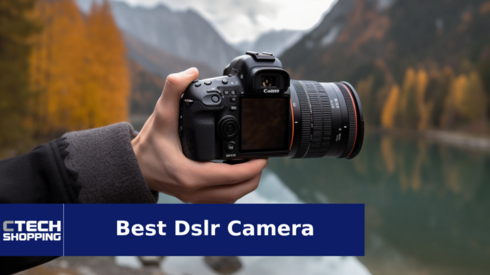
Our Honest Review of the Best DSLR Cameras of 2024
Our Honest Review of the Best DSLR Cameras of 2024
The reviews of the products in this article are created by a team of experts that is independent from CTech's editorial team. If you make a purchase through the links mentioned below, we may receive a commission.
Our Top Picks
Smartphones are great for quick snaps, but they can never compare to the quality of using a DSLR camera. The satisfying click of the shutter, the way it feels in your hands, the real dials and buttons. It's a photography experience you can't replicate on a phone. Whether you’re upgrading your current camera or buying a new one for the first time, the ample options out there can be a little overwhelming. Don’t sweat it. We’ve been busy obsessing over specs and features to compare cameras and find the perfect one for you. Get ready to take your photography to the next level with a DSLR camera that truly speaks to you.
1 . Canon DSLR Camera – EOS Rebel T7 with 18-55mm Lens


Boasting a 24.1 MP CMOS sensor and DIGIC 4+ image processor, this DSLR camera delivers stunning, high-quality images that are sure to impress. Whether you're a seasoned professional or a beginner, the advanced autofocus system and fast shooting speed make it easy to capture fast-moving subjects with precision and accuracy. Plus, with built-in Wi-Fi, you can easily share your photos and videos with friends and family, or upload them to your favorite social media platforms. The included 18-55mm lens is versatile enough to handle a range of shooting situations, from portraits to landscapes and more. And with Full HD video recording capabilities, you can capture all of life's special moments in stunning detail.
Pros
Superb autofocus performance, High-quality, detailed images even in raw format, Built-in Wi-Fi & NFC technology
Cons
Requires a learning curve for new users

2 . Canon DSLR Camera – EOS Rebel T7 with Bundle
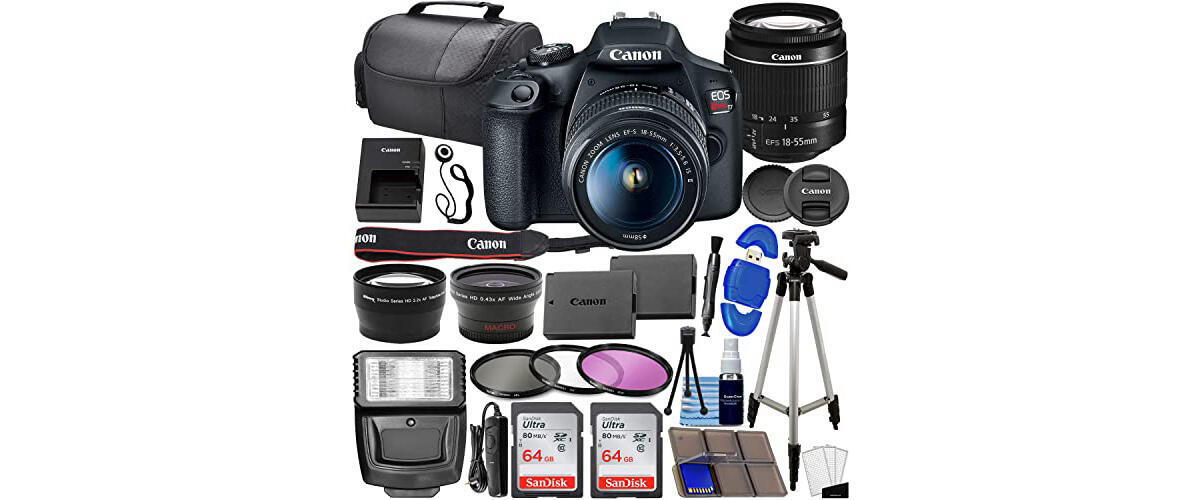

This is the same DSLR camera model, but with a comprehensive bundle, which includes two SanDisk 64GB memory cards for ample storage, a wide angle lens for expansive shots, a telephoto lens for close-ups, and a 3pc filter kit for added versatility. The camera's 24.1 Megapixel CMOS sensor delivers superb image quality, while the DIGIC 4+ Image Processor ensures fast and responsive performance. With features like built-in Wi-Fi and NFC connectivity, you can easily share your photos with friends and family or upload them to social media. The included accessory kit rounds out this bundle, providing a sturdy camera bag, a flexible tripod, and other useful items to enhance your shooting experience.
Pros
Includes comprehensive accessories, Easy to use with intuitive point-and-click functionality, Amazing for portrait photography
Cons
Camera strap may not be too comfortable

3 . Canon DSLR Camera – EOS Rebel SL with Built-in Wi-Fi
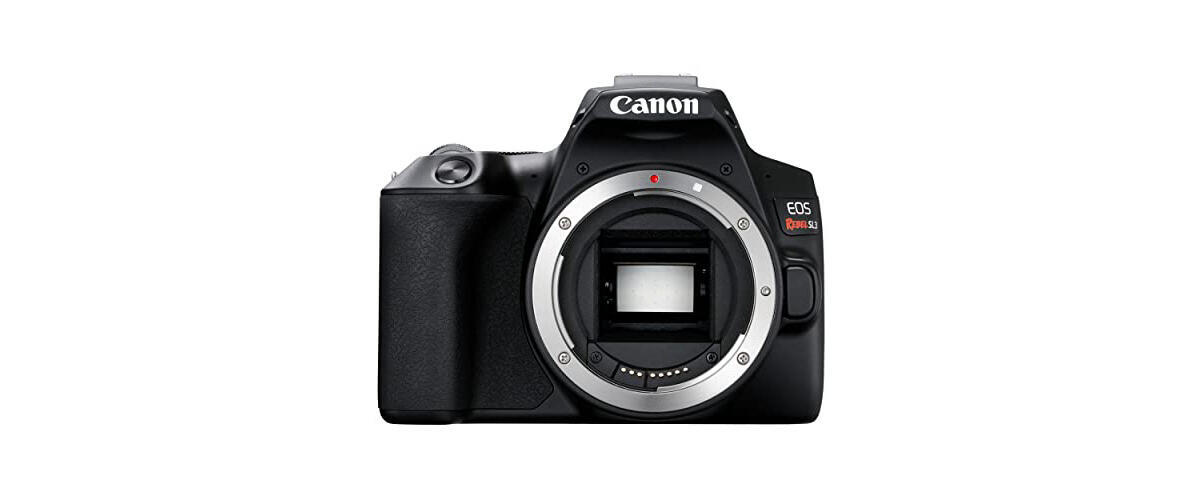

Equipped with built-in Wi-Fi, this DSLR camera enables you to easily share your masterpieces with friends and family or upload them to your favorite social media platforms. The Dual Pixel CMOS AF ensures fast and accurate autofocus, making it easy to capture even the most fleeting moments with precision. The 3.0 inch Vari-Angle touch screen allows you to easily navigate through settings and review your shots, all while providing a clear and vivid display. With its compact and lightweight design, this camera is perfect for taking on-the-go or for those long photography sessions.
Pros
Touchscreen LCD for flexible framing, Reliable Wi-Fi/Bluetooth connection, Effective stability control for handheld shooting
Cons
Limited video capability, shooting only in 1080p instead of 4K

4 . Nikon DSLR Camera – D7500
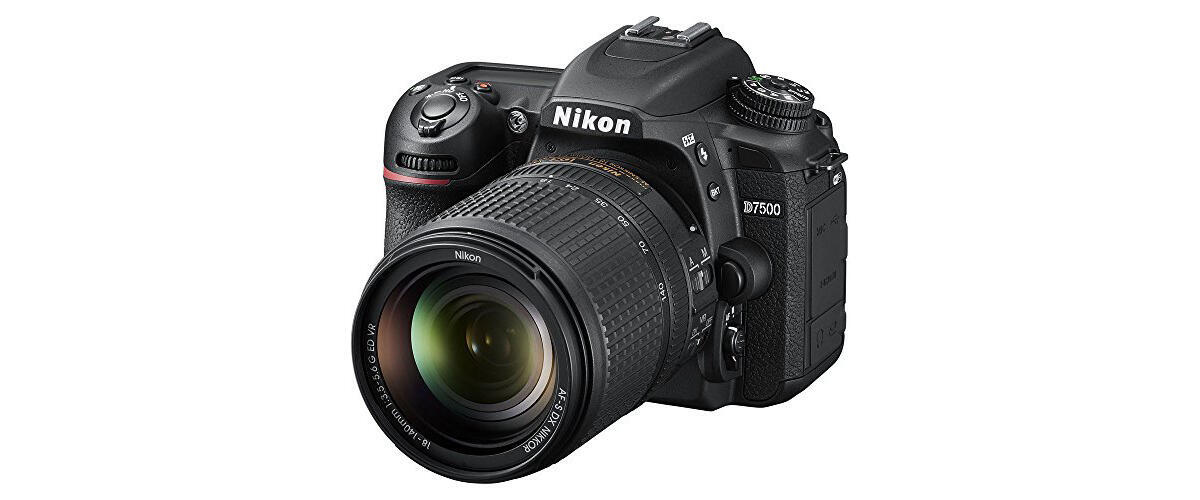

Featuring a powerful 20.9MP sensor, this DSLR camera captures stunningly clear and vivid images. The 18-140mm lens lets you zoom in for close-ups or capture breathtaking landscapes. Plus, you won't have to worry about shaky hands ruining your photos – the VR image stabilization ensures blur-free results. For fast-moving subjects, the 51-point autofocus system locks on with impressive speed and accuracy, even in low light. With a burst rate of 8 frames per second, you'll never miss a fleeting moment. Composing shots is a breeze thanks to the tilting touchscreen, and sharing your masterpieces is just as easy with built-in Wi-Fi and Bluetooth connectivity.
Pros
Excellent low-light performance, Easy photo transfer with quick sharing, Intuitive touch screen interface
Cons
May require manual adjustment

5 . Canon DSLR Camera – EOS 90D
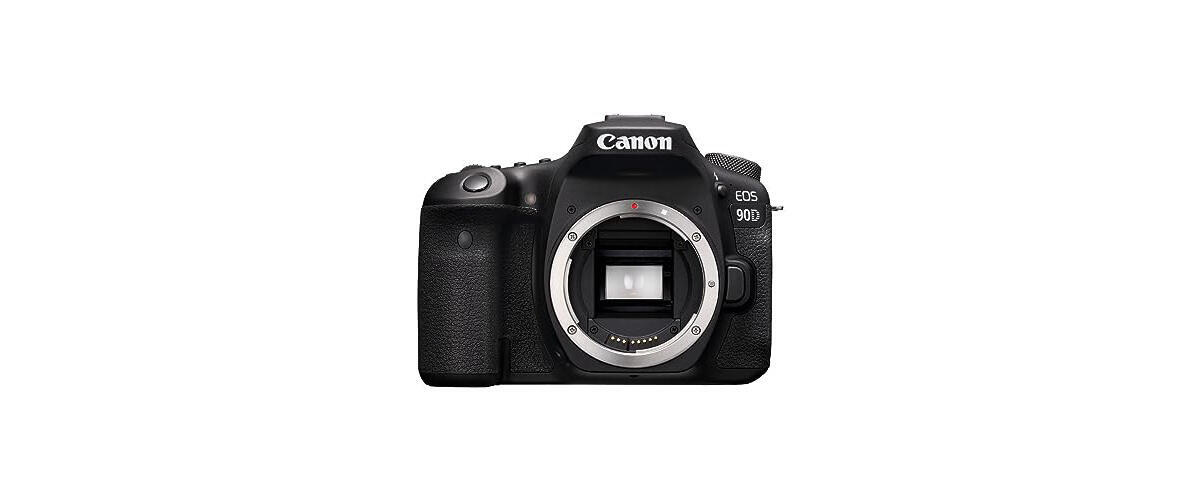

The powerful processor of this DSLR camera delivers impressive speed and smooth performance, letting you shoot flawlessly. The autofocus system ensures sharp, crisp shots every time. And with this camera in hand, you can be as creative as you like as it lets you record stunning 4K video, perfect for capturing those special moments in cinematic quality. Framing your shots is a breeze with the tilting touchscreen, even from awkward angles. Plus, sharing your masterpieces is simple – built-in Wi-Fi and Bluetooth allow you to transfer them to your phone or tablet for instant bragging rights. The camera's sleek black design makes it a stylish companion for any photographer, beginner or pro.
Pros
Excellent low-light performance, 4k video capability, Touch screen functionality with GPS tagging
Cons
Exposure settings could be confusing

6 . Canon DSLR Camera – EOS 90D with 18-135 USM Lens
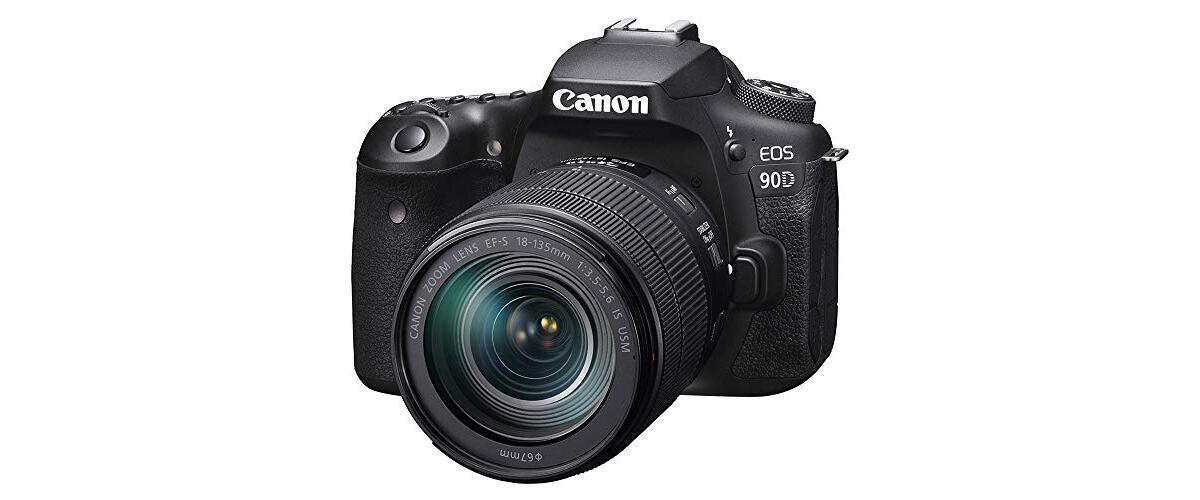

With the DIGIC 8 Image Processor, you can expect exceptional image quality with minimal noise and impressive detail with this DSLR camera. The 4K video capability allows you to bring your memories to life with incredible resolution, while the Dual Pixel CMOS AF ensures smooth and fast autofocus for both photos and videos. The 3.0-inch Vari-Angle Touch LCD screen gives you the flexibility to shoot from any angle, making it perfect for vloggers and content creators. With built-in Wi-Fi and Bluetooth, you can easily share your photos and videos with friends and family or transfer them to your devices. The 18-135 USM lens provides a versatile zoom range, allowing you to capture everything from wide landscapes to close-up portraits.
Pros
Auto ISO & shutter speed adjustments, ideal for capturing fast-moving subjects, Increased sharpness & resolution
Cons
Slightly heavy

7 . Canon DSLR Camera – EOS Rebel T100


Featuring an impressive 18MP APS-C CMOS sensor, this DSLR camera delivers outstanding image quality that will make your photos stand out from the rest. The built-in Wi-Fi allows you to easily share your photos with friends and family, while the optical viewfinder lets you frame your shots perfectly. Plus, with the included 32GB SD card, you'll have plenty of space to store all your photos and videos. The EF-S 18-55mm f/3.5-5.6 III lens is the perfect companion for any shooting situation, providing sharp and detailed images every time.
Pros
User-friendly manual mode, Optical viewfinder, Single-button autofocus function
Cons
Learning curve for video mode and settings

FAQ
Q: Apart from megapixels, what other sensor specs should I consider?
A: Megapixels are a common way to measure camera resolution, but they're not the whole story. Sensor size is equally important. Larger sensors capture more light and produce better image quality, especially in low-light situations. Full-frame sensors are the largest, followed by APS-C and Micro Four Thirds (MFT). Then comes the range of the camera. This refers to the camera's ability to capture details in both shadows and highlights of a scene. A wider dynamic range allows you to recover more detail in post-processing. Also, look for a camera with good low-light performance, measured in ISO. Higher ISO allows you to capture images in darker environments without excessive noise (grain).
Q: How can I improve my DSLR photography skills beyond basic settings?
A: Once you've mastered the basics of aperture, shutter speed, and ISO, there are many ways to elevate your DSLR photography. Start with learning about manual mode. This gives you complete control over your exposure settings, allowing for more creative control. Explore different autofocus modes and manual focus for precise control over where you want the image to be sharp. Also make sure to check out composition techniques. Learn about the rule of thirds, leading lines, and other compositional tools to create visually pleasing images. Last but not the least, experiment with burst mode for action shots, long exposure for creative effects, and portrait mode for flattering portraits.
Q: How can I protect my DSLR camera from dust and moisture?
A: Dust and moisture can damage your DSLR camera's delicate sensor. For easy maintenance, make sure to store your camera in a dry, dust-free environment. When not in use, keep your camera in a camera bag or dry box. Always keep the front and rear lens caps on your camera when not shooting. When it’s time to clean, avoid changing lenses outdoors or in dusty areas. It is recommended to use a sensor cleaning kit specifically designed for DSLR cameras.
Q: What accessories are essential for a DSLR photographer?
A: There are many DSLR accessories available, but here are a few essentials:
Extra camera battery: Having a spare battery ensures you don't miss a shot due to a dead battery.
Memory cards: Invest in high-speed memory cards to ensure fast image write times and avoid buffer overflow.
Camera bag: A good camera bag protects your camera and lenses while transporting them.
Tripod: A tripod is essential for long exposure photography, astrophotography, and capturing sharp images in low-light conditions.
Remote shutter release: A remote shutter release allows you to trigger the shutter without touching the camera, which can help minimize camera shake.
Q: How can I learn more about DSLR photography?
A: There are many resources available to help you learn more about DSLR photography: Online tutorials and courses are the most convenient way to get started. Many websites and platforms offer free and paid photography tutorials and courses. There are also countless books available on various aspects of DSLR photography. For a quick grasp, consider enrolling in a photography workshop or class to learn from experienced photographers.
Article Contributors
Johnathan Mross
John Mross is an editor for tech coverage. With a specialty in computer tech, he is also well-versed in home appliances and fancy gadgets. He has spent two years writing about specialized technology, and it's clear that once you start doing your research, the rabbit hole never ends. With all the complicated terms and complex concepts involved with seemingly straightforward products, he aims to equip his readers with the knowledge to feel safe making informed purchases.
These product recommendations are designed to help you pick the best product for your needs.














